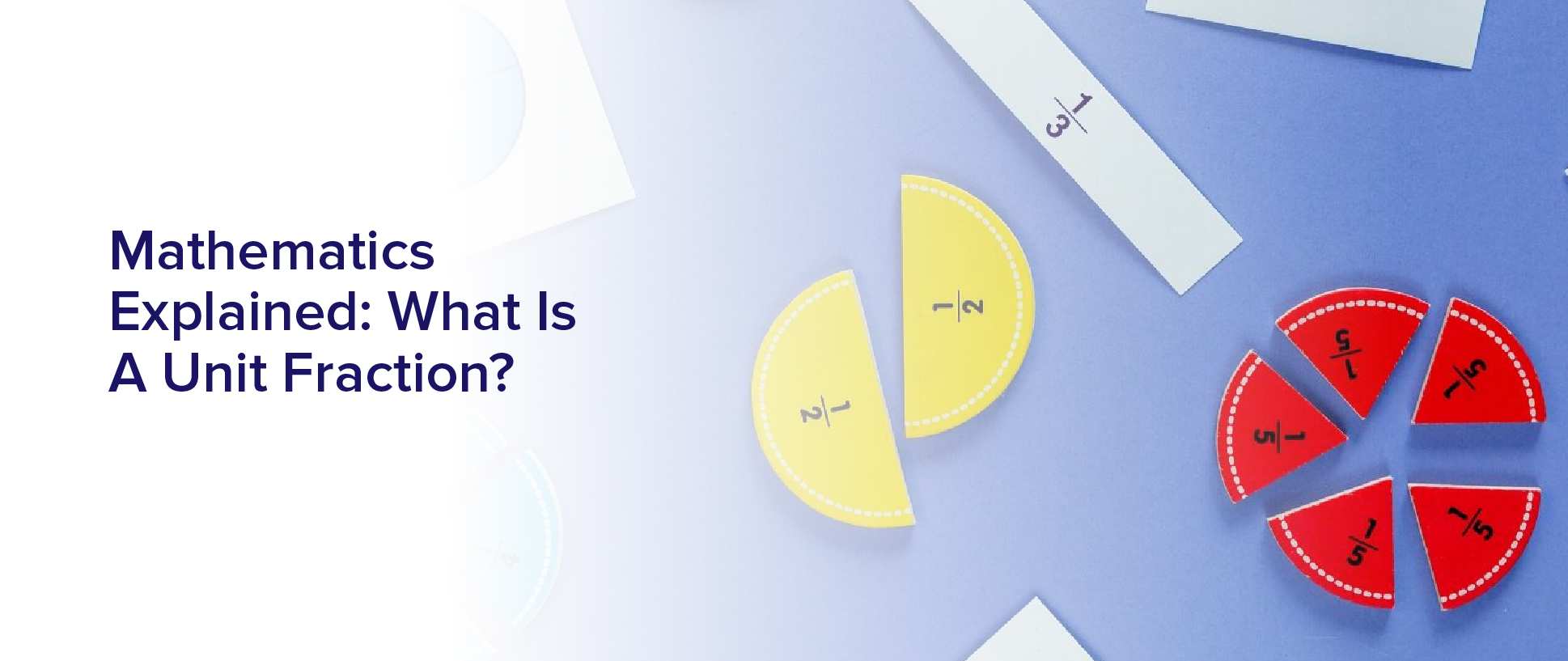Do you ever wonder why we learn math concepts like square roots and trigonometry? Sure, they may seem abstract and irrelevant to our daily lives, but they actually have practical applications in fields like engineering and science.
In this article, we’ll be decoding the mathematics behind the square root of 289 and exploring its real world applications.
First, let’s start with the basics. A square root is simply the number that, when multiplied by itself, equals the original number. For example, the square root of 16 is 4 because 4 x 4 = 16.
Now, what about the number 289? It may not be a commonly used number, but it actually has a special significance in mathematics. So, let’s dive deeper into the world of numbers and explore the square root of 289.
What is a Square Root?
You might be wondering, what’s a square root and why do you need to know it? Well, let me tell you, understanding square roots can help you solve some tricky math problems!
A square root is a number that, when multiplied by itself, gives you the original number. For example, the square root of 25 is 5, because 5 multiplied by itself equals 25.
Square roots are used in many different areas of math, including geometry, trigonometry, and algebra. They can help you find the length of a side of a square, the distance between two points on a graph, or even the solution to a quadratic equation.
So, while it may seem like a small concept, understanding square roots is crucial for anyone who wants to tackle more complex math problems.
Understanding the Number 289
Now that you’ve explored the mysteries of numbers, it’s time to delve deeper into the significance of 289.
This number is special because it’s a perfect square, which means that it can be expressed as the product of two equal integers. In this case, 17 multiplied by 17 equals 289.
Knowing that 289 is a perfect square is important when it comes to finding its square root. The square root of a number is the value that, when multiplied by itself, gives the original number. In the case of 289, the square root is 17.
Understanding the properties of numbers like 289 can help make mathematical calculations easier and more efficient.
Finding the Square Root of 289
Discovering the value that, when multiplied by itself, equals 289 can be simplified by finding the square root.
To find the square root of 289, you can use various methods. One of the easiest methods is to use a calculator to calculate the square root, which is 17.
However, if you want to find the square root manually, you can use the long division method or the prime factorization method.
In the long division method, you divide 289 by a number until you get a quotient and remainder that are equal. The divisor you used in the last division step is the square root of 289.
In the prime factorization method, you factorize 289 into its prime factors and then group them in pairs. The product of each pair is the square root of 289.
Real World Applications of the Square Root of 289
The value of 17, which is the square root of 289, can be applied in real-world situations such as measuring the distance between two points in a plane.
For instance, if you’re trying to find the distance between two cities, you can use the Pythagorean theorem which involves the square root of 289. The theorem states that the square of the hypotenuse (the longest side of a right-angled triangle) is equal to the sum of the squares of the other two sides.
By knowing the distance between two cities in a straight line, which is the hypotenuse, and the distance between the cities in the other two directions, you can easily calculate the distance between the two cities.
The square root of 289 can also be used in construction. For example, if you need to build a fence around a rectangular area, you can use the square root of 289 to determine the length of each side.
This is because the square root of 289 is the length of the diagonal of a square with sides of length 17. By using this diagonal as the length of each side of the rectangular fence, you can ensure that the fence will be secure and properly aligned.
The square root of 289 is a versatile mathematical concept that can be applied in many practical situations.
The Relationship between the Square Root of 289 and Trigonometry
Imagine a ship navigating through rough waters, using the value of 17, the square root of 289, to calculate its position and distance from shore, while also relying on the principles of trigonometry to determine its course and angle of approach.
Trigonometry is a branch of mathematics that deals with the relationships between the sides and angles of triangles, and it plays a crucial role in navigation and other real-world applications. By using trigonometric functions such as sine, cosine, and tangent, sailors can determine the distance and direction to a destination, even when they can’t see it.
The square root of 289, or 17, is an important value in trigonometry because it is the length of the hypotenuse of a Pythagorean triple: a triangle with sides that satisfy the equation a^2 + b^2 = c^2. In this case, the sides are 8, 15, and 17, and the triangle is a right triangle.
By knowing the length of the hypotenuse, sailors can use trigonometric ratios to calculate the lengths of the other sides and the angles between them. This information is essential for plotting a course and avoiding hazards such as rocks and shoals.
The Role of the Square Root of 289 in Calculus
Now that you understand the relationship between the square root of 289 and trigonometry, let’s dive into another fascinating topic: the role of the square root of 289 in calculus.
Calculus is a branch of mathematics that deals with rates of change and the accumulation of small changes to find exact values. It’s an essential tool for solving problems in physics, engineering, economics, and other fields.
The square root of 289 appears frequently in calculus, especially when finding the roots of quadratic equations. These equations have the form ax^2 + bx + c = 0, where a, b, and c are constants, and x is the variable.
By using the quadratic formula, which involves the square root of b^2 – 4ac, we can find the solutions to these equations. If b^2 – 4ac = 0, then the equation has one real root, and this is where the square root of 289 comes in.
Its value is 17, so if b^2 – 4ac = 289, we know that the equation has one real root equal to -b/2a. Understanding the role of the square root of 289 in calculus can help you solve a wide variety of problems in this field.
Frequently Asked Questions
What are some common mistakes people make when finding the square root of 289?
When you’re trying to find the square root of 289, there are a few common mistakes that people tend to make.
One of the biggest mistakes is forgetting that the square root of a number is always positive, so you can’t just take the negative root of 289.
Another mistake is not simplifying the radical all the way, which can lead to incorrect answers.
Finally, some people try to use the wrong formula or method to find the square root, which can also result in errors.
To avoid these mistakes, make sure you understand the basic principles of finding square roots and double-check your work before submitting your answer.
Is the square root of 289 a rational or irrational number?
So, you want to know whether the square root of 289 is a rational or irrational number. Well, the answer is that it’s a rational number.
A rational number is any number that can be expressed as a fraction where the numerator and denominator are both integers. In the case of the square root of 289, it’s equal to 17, which can be written as 17/1. Therefore, it’s a rational number.
It’s important to remember that not all square roots are rational, but in this case, the square root of 289 is a nice, neat whole number.
How does the square root of 289 relate to other perfect squares?
To answer your question, the square root of 289 is a perfect square itself, and it is equal to 17. This means that it is related to other perfect squares in that it is one of them.
Perfect squares are numbers that are the result of multiplying a number by itself, such as 4, 9, 16, 25, and so on. The square of any integer is a perfect square, and the square root of any perfect square is an integer.
So, in a way, the square root of 289 is related to all other perfect squares as they are all part of the same group of numbers with unique properties.
Can the square root of 289 be simplified further?
You may wonder if the square root of 289 can be simplified further. The answer is yes, it can be simplified to 17.
Although 289 is not a perfect square, its square root can still be simplified because 289 is a multiple of a perfect square (17 x 17).
So, if you’re asked to simplify the square root of 289, you can confidently say that it equals 17.
Are there any interesting patterns or properties associated with the square root of 289?
There are a few interesting patterns and properties associated with the square root of 289 that you may find intriguing.
For starters, the square root of 289 is a rational number, which means it can be expressed as a ratio of two integers. Specifically, the square root of 289 is equal to 17, since 17 multiplied by itself equals 289.
Additionally, 289 is a perfect square, which means that it has an integer square root. This is important because not all numbers have integer square roots, and those that do have some unique properties.
Furthermore, 289 is also a Fibonacci number, which means it is part of the famous sequence where each number is the sum of the two preceding ones (1, 1, 2, 3, 5, 8, 13, 21, 34, 55, 89, 144, 233, 377, 610, 987, 1597, 2584, 4181, 6765, and so on).
These properties and patterns may not seem immediately useful, but they can help you better understand the underlying mathematics and appreciate the beauty of numbers.
Conclusion
Now that you have a better understanding of the square root of 289 and its various applications, you can appreciate its importance in mathematics and everyday life.
From calculating distances to designing structures, the square root of 289 plays a crucial role in problem solving and critical thinking.
By learning about the relationship between the square root of 289 and trigonometry, as well as its role in calculus, you can gain a deeper appreciation for the complexities of mathematics and the power it holds in shaping our world.
So, the next time you encounter the number 289 or its square root, remember the many ways in which it can be used to solve problems and unlock new discoveries.









